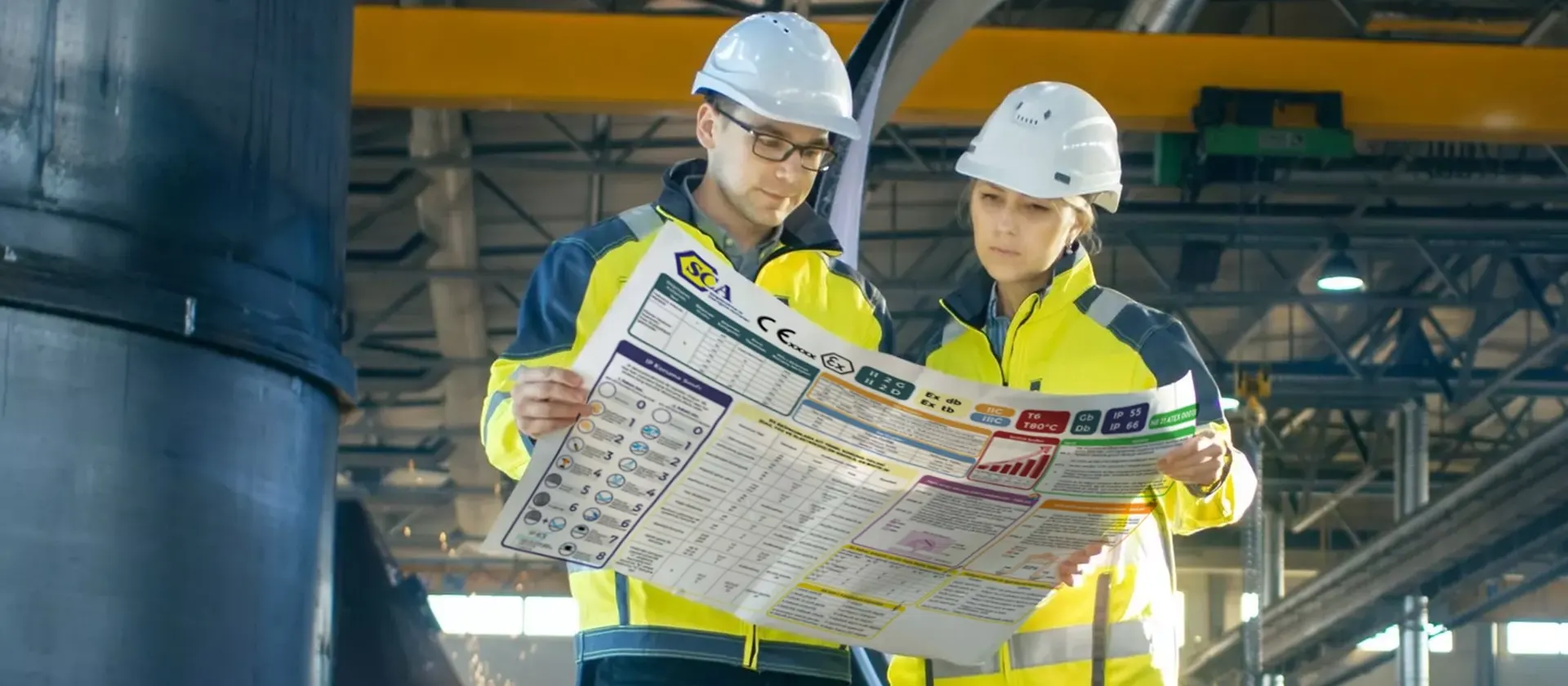ISO 16859 Leeb Hardness Testing for Certification
The ISO 16859 standard specifies a method of determining the hardness of metallic materials using the Leeb hardness tester. This non-destructive testing technique is widely used in various industries, including automotive manufacturing, aerospace engineering, and construction equipment production. The Leeb hardness test is particularly advantageous for its portability and speed, making it suitable for on-site quality assurance checks.
The Leeb hammer is a robust device that delivers an impact to the sample surface, creating a small indentation from which the hardness value can be calculated. The resulting value is expressed in units of Leeb Hardness (HL). This method is especially useful for testing large and complex-shaped parts where destructive testing would be impractical.
The primary purpose of ISO 16859 compliance is to ensure that materials meet the specified hardness criteria set by industry standards. This ensures product reliability, performance, and safety. For instance, in automotive applications, ensuring the correct hardness of components such as axles or steering parts can significantly impact vehicle handling and longevity.
To perform ISO 16859 testing accurately, proper sample preparation is crucial. The surface should be free from contaminants and imperfections that could affect the test results. Specimens must also be representative of the material being tested, meaning they should not have any defects or anomalies that would skew the results.
The Leeb hardness tester itself consists of a hammer with a specific mass, typically 6 kg, which is dropped from a fixed height to create an indentation on the sample. The depth of this indentation is measured accurately, and using a mathematical formula provided in ISO 16859, the hardness value is calculated.
Accurate calibration of the Leeb hardness tester is essential for obtaining reliable results. Calibration should be performed regularly according to manufacturer guidelines or at least annually as per ISO standards. This ensures that all testers within a facility are providing consistent and accurate measurements.
The results from this test play a critical role in certification processes, ensuring compliance with international specifications such as ISO 16859. Compliance is not only about meeting legal requirements but also about maintaining a high standard of product quality and reliability.
In conclusion, the Leeb hardness testing method for certification under ISO 16859 is an indispensable tool in ensuring that materials meet rigorous standards. Its portability, speed, and accuracy make it particularly valuable in industries where rapid, non-destructive evaluation is necessary.
Why It Matters
The importance of ISO 16859 Leeb hardness testing for certification cannot be overstated. In industries such as automotive and aerospace, the strength and durability of materials are paramount to safety and performance.
Accurate hardness measurements ensure that parts and components meet the required specifications, thereby enhancing product reliability and longevity. For instance, in the manufacturing of aircraft structural components, ensuring the correct hardness can prevent premature failure under stress or fatigue.
Compliance with ISO 16859 also contributes to reducing waste and improving resource efficiency by ensuring that materials are used optimally without compromising on quality. This is especially beneficial in industries where material costs can be significant.
The standard provides a consistent method for testing, which aids in global trade by ensuring that products meet the same rigorous standards regardless of their point of origin. This uniformity fosters trust and reliability within international markets.
Moreover, adherence to ISO 16859 can help organizations maintain a competitive edge by demonstrating commitment to quality and safety. This is particularly important in sectors where compliance with regulatory requirements is mandatory.
In summary, the implementation of ISO 16859 Leeb hardness testing for certification is crucial for ensuring product integrity, enhancing safety, reducing costs, and maintaining market competitiveness.
Applied Standards
| Standard Name | Description |
|---|---|
| ISO 16859: Metallic materials — Determination of hardness by the Leeb method | This standard specifies a non-destructive method for determining the hardness of metallic materials using the Leeb hardness tester. It provides guidelines on sample preparation, testing procedures, and data interpretation. |
| ASTM E18: Standard Specification for Carbon Steel Bars | This American standard sets out requirements for carbon steel bars used in various applications, including construction and manufacturing. It includes hardness as a critical property that must be tested using ISO 16859. |
| EN 10217: Steels for the manufacture of structural components | This European standard covers steels used in the construction and manufacturing industries. It includes hardness testing as a key quality control measure using ISO 16859. |
Environmental and Sustainability Contributions
The implementation of ISO 16859 Leeb hardness testing for certification plays a crucial role in promoting environmental sustainability. By ensuring that materials meet the required hardness standards, this method helps prevent material waste and ensures efficient use of resources.
Accurate hardness testing allows manufacturers to optimize the use of raw materials, reducing overall production costs while minimizing environmental impact. This is particularly important for industries where large quantities of materials are used in manufacturing processes.
In addition to cost savings, ISO 16859 compliance also contributes to energy efficiency by ensuring that components and parts are manufactured with optimal material properties. This can lead to reduced energy consumption during production and operation phases.
The standard's emphasis on consistency and accuracy in testing supports the development of more sustainable manufacturing processes. By adhering to these standards, industries can contribute to a broader goal of reducing carbon footprints and promoting eco-friendly practices.
In conclusion, ISO 16859 Leeb hardness testing for certification is not only essential for quality assurance but also plays a significant role in promoting environmental sustainability by optimizing resource use and enhancing energy efficiency.





